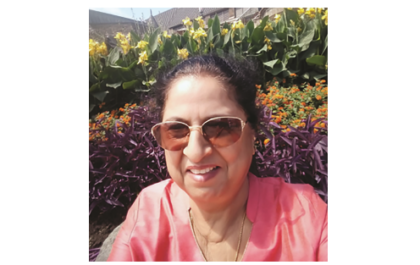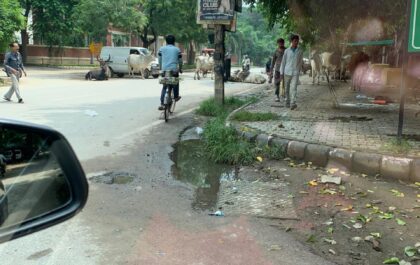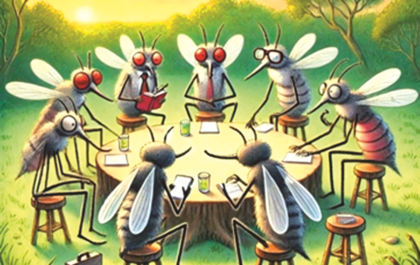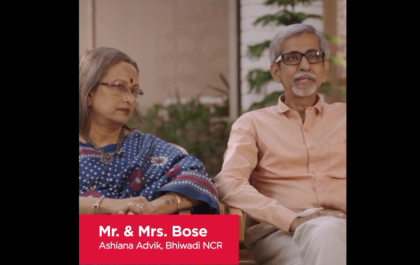There are numerous complaints/requests pouring from residents for pruning of trees. The authorities are unable to satisfy the residents. Tree branches grow throughout the year. On one hand the demand from the public is perfectly justified and on the other hand the authorities are bound by rules and regulations. Their hands are tight. They cannot satisfy both. The residents then approach the elected representatives. The elected public representatives have to prevail upon the officials to get the work done to the satisfaction of public. The Forest Act applicable to street trees do not do justice to the requirements of public and it is not worded to the genuine needs of residents. The residents think horticulture/forest department is not doing its duty well. Who is at fault? It is the forest Act that is applicable to street trees. The fact is why should the residents always request for pruning of trees. Why not the work be done in a routine way by the departments. There has to be a standard operating procedure. The culprit is Forest Act which is applicable to urban street trees. There should be a separate Urban Arboriculture Act applicable to street trees in urban areas. Forest Act was crafted keeping in mind the interest of trees only. The forest Act does not do justice to the needs and requirements of urban street trees which have to satisfy the role they play in urban setting. The rules should be for the welfare of society. In urban society every one has to follow certain rules e.g we have to follow traffic rules , dogs have to be properly vaccinated. Similarly street trees also have to follow certain guidelines/regulations like height restriction, branches pruning/trimming, training etc. For street trees there should be proper guidelines catering for their health, height, canopy cover, non allergic polen emissions etc. There is a difference between 1. Forestry and urban forestry. 2. Urban Arboriculture for street trees. Forestry deals with care of forest as a system ie group of trees in a developed setting, its landscape, management, inventory etc. Urban Arboriculture involves a science of proper tree planting, pruning, fertilizing, watering and other maintenance issues. It focuses on individual tree health. The two fields certainly overlap but the training and practice of both are unique. In urban Arboriculture we have also to watch the interest, requirements of the society/neighborhood. Urban Arboriculture involves proper planning, suitability of plants under urban conditions and environment, cultural techniques, safety, fertilization, health checkup, pathogenic control, pest control, pruning, trimming, training, shaping, removal, transplantation, amputation techniques, asthetic consideration, risk management, occupational safety and health obligations. The objectives/purpose of urban Arboriculture ie roadside trees can be enumerated as under. 1. Soil erosion control. 2. Improving water infiltration and perculation. 3. Protection from wind–wind breaker. Houses protect trees and trees protect houses. 4. Temperature control. It helps life of roads. 5. Humidification of air and environment. 6. Creating micro climate. 7. Carbon sequestration. 8. Oxygen production. 9. Noise pollution control. 10. Dust control. 11. Protection during hail storm. 12. Bird nesting, shelter. Trees attract birds, butterfly. Following ramification points may not be neglected while considering urban Arboriculture–street trees planting. These aspects can never be overlooked. 1. Roots may overgrow and damage compound wall, road and storm water drains. 2. Hindrance to parking spaces of cars. 3. Clogging of drains during fall season. 4. Insects menace in the neighborhood houses. 5. Tree branches entering the houses. 6. The chances of security hazard by thieves jumping in houses from tree branches. 7. Risk of falling of trees/branches on humans/cars/compound wall/house. 8. Obstruction of sunshine required during winter. 9. Obstruction to illumination from street lights. From above narration every one would agree that we need a separate legislation governing street trees in urban areas ie urban Arboriculture. Act. Let us discuss some features required in the new regulations. 1. Trees standing in private plots should be left for maintenance by property owners. No interfaces. 2. No trees in service lanes or streets less than 7.5 m width. 3. There should be height and canopy restrictions depending upon width of road. 4. The height and canopy size should also be governed by tree species and inherent strength of tree limbs. 5. There should be standard operating procedures. Proper maintenance of records indicating inventory, species, height, canopy size, health including pathogenic activity if any, pest infestation if any, any other disease and its treatment, ground space left clear around tree for watering, application of fertilizer etc. Entry be recorded yearly. 6. Ultrasound investigation on suspected cases every 5 years, all other trees every 10 years. 7. Arborist and his supporting team be employed for every 10000 trees. 8. No posters or nails allowed. Strict punishment required. 9. Powers and responsibilities should go hand in hand. 10. For every accident due to falling of trees/branches due compensation to be made by the department eg death, injury, vehicle damage or property damage. (by RN Bhagi Green PSRK Ex Chief Engineer, DDA)
Popular Stories
Football Tournament @Princeton
More Than a Festival: The Art and Power of Durga Puja
Personality of the Month- ‘Dr Usha Mediratta’
Stray Cattle Menace In Front of Galleria
The Chronicles of Malibu Towne: A Mosquito’s Tale
“Senior Living Is Not An Old Age Home” say Mr & Mrs Bose
Recent Stories from Nearby
- Out of Control – Monkey Menace December 31, 2024
- The Ensuing Assembly Elections: What Do We Expect From the Candidates? Election Time: Whom to Choose? December 30, 2024
- AIKGA Monthly Meeting December 30, 2024
- Monkey Menace Worsens in SDA December 30, 2024
- Footover Bridge Lift Not Working December 30, 2024






